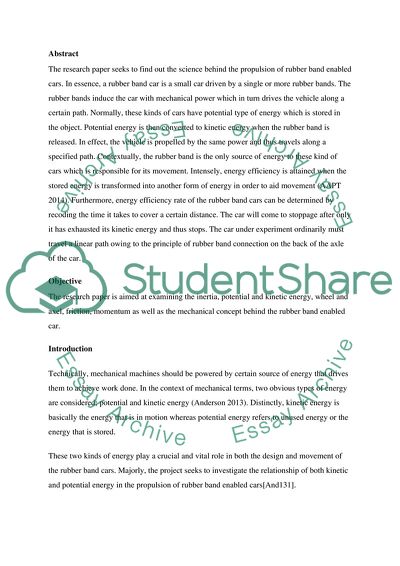Cite this document
(Rubber Band on Car, Technical Report Research Paper Example | Topics and Well Written Essays - 2000 words, n.d.)
Rubber Band on Car, Technical Report Research Paper Example | Topics and Well Written Essays - 2000 words. https://studentshare.org/engineering-and-construction/1849977-rubber-band-car-technical-report
Rubber Band on Car, Technical Report Research Paper Example | Topics and Well Written Essays - 2000 words. https://studentshare.org/engineering-and-construction/1849977-rubber-band-car-technical-report
(Rubber Band on Car, Technical Report Research Paper Example | Topics and Well Written Essays - 2000 Words)
Rubber Band on Car, Technical Report Research Paper Example | Topics and Well Written Essays - 2000 Words. https://studentshare.org/engineering-and-construction/1849977-rubber-band-car-technical-report.
Rubber Band on Car, Technical Report Research Paper Example | Topics and Well Written Essays - 2000 Words. https://studentshare.org/engineering-and-construction/1849977-rubber-band-car-technical-report.
“Rubber Band on Car, Technical Report Research Paper Example | Topics and Well Written Essays - 2000 Words”. https://studentshare.org/engineering-and-construction/1849977-rubber-band-car-technical-report.


